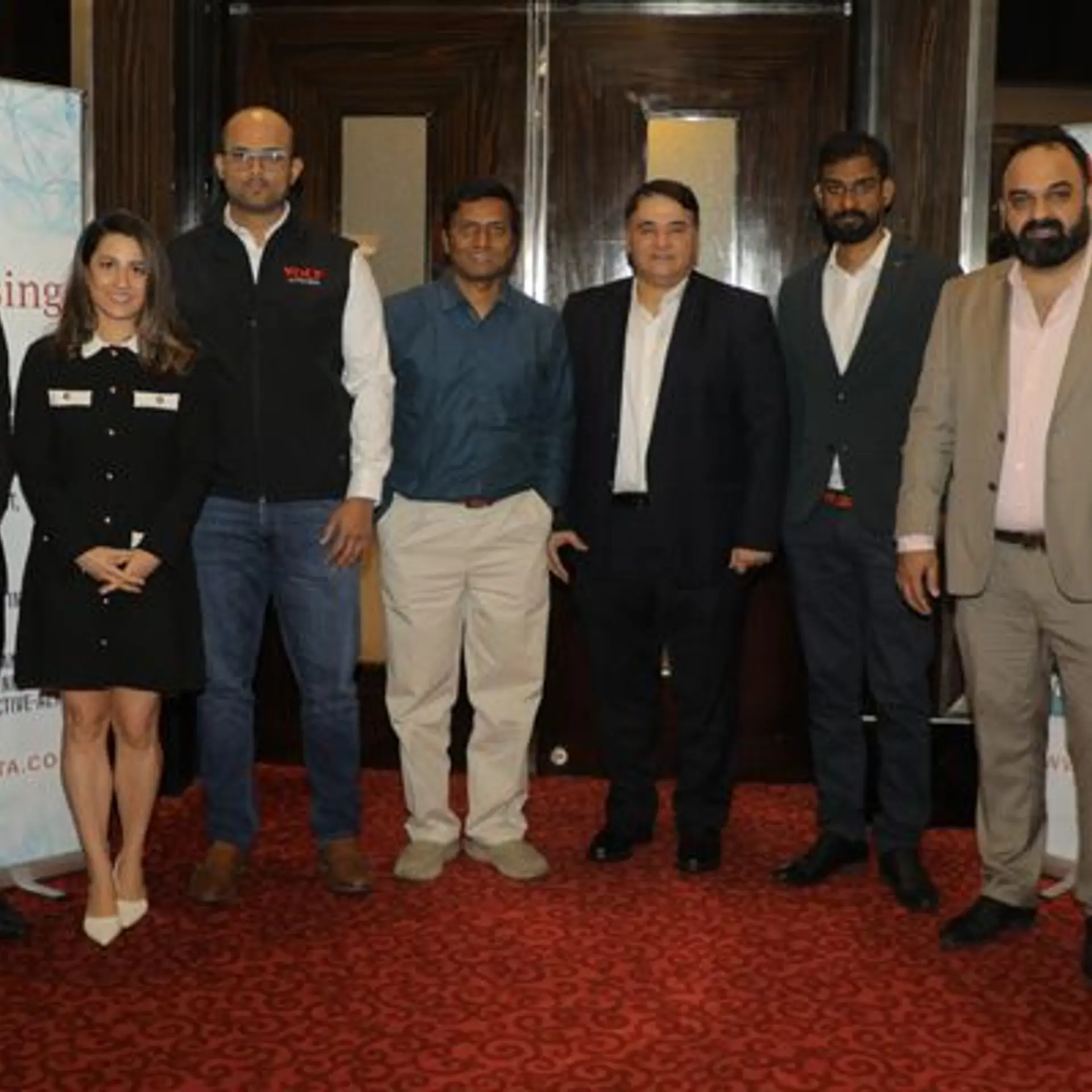How hybrid organisations can tackle wicked problems – and why India is an attractive laboratory for social innovation
Tackling some of the most pressing social challenges of the 21st century calls for new approaches to innovation, partnerships, funding, policy, production and solution delivery, as explained in this book.
The traditional dichotomy of states and markets, or public and private sectors, has not been beneficial in terms of solving “wicked problems” in healthcare, education, livelihood and environmental protection. New forms of shared value are needed to tackle the challenges of social inclusion and sustainable development.

Social innovation in India is contextualised with global trends, in the book The Rise of the Hybrid Domain: Collaborative Governance for Social Innovation. The authors are Yuko Aoyama, Geography Professor at Clark University, and Balaji Parthasarathy, Professor at the International Institute of Information Technology, Bengaluru.
The 230-page book is divided into 10 chapters, written in academic style with detailed references and interviews with social innovators. The interviews also feature professionals from NGOs and MNCs, particularly in R&D and product development. Unfortunately, many social innovators and enterprises are not named, perhaps for reasons of confidentiality.
Here are my key takeaways from the book; see also my reviews of the related books Lean Impact, Lean Startups for Social Change, A World of Three Zeroes, Do Good, Scaling Up, and The Prosperity Paradox.
I. Context and foundations
The authors present the results of an extensive literature review covering issues such as the ‘3 Is’ of failed development projects (ideology, ignorance, inertia), the rise of cross-domain multi-stakeholder engagement, and the cross-border blending of CSR, R&D and social entrepreneurship.
A new global consciousness is emerging about policymaking regarding public goods and the environment, the shortcomings of an economy based only on competition, negative externalities of industrialisation, and social expectations of responsible corporate conduct. There is need and demand for new forms of synergy, governance, co-production, business models, networked communities, and knowledge-sharing, the authors explain.
Innovation should be conceptualised as driven by community needs, and not just market demand. Disciplines of frugal innovation, bottom-up design, and design for constraints play a major role in this regard. This includes co-innovation and ‘bricolage’ (makeshift or DIY methods of work).
The hybrid domain fuses economic and social missions. Hybrid organisations are those that combine for-profit and non-profit sub-entities in their organisation. This calls for reformulation of the way formal and informal institutions engage with markets and communities. After the state and market, NGOs are considered by some as the “third sector” and social entrepreneurs the “fourth sector.”
Synergy is called for between the state, markets and civil society, blending in global and local knowledge along with the rise of digital media and new forms of institutional design. Dual missions are needed, spanning shareholders and stakeholders.
Inclusive, environmentally friendly, and pro-poor designs should be based on ethical foundations beyond CSR. Trends to watch are the rise of certified B Corporations, community interest companies (CICs), and low-profit limited liability companies (L3Cs); millennials launching social enterprises, often powered by digital business models; and philantro-capitalists and social finance investors with long-term impact metrics (“patient capital”).
Also read: Frugal Innovation: six tips for doing better with less
NGOs are in transition, and increasingly engaged in policy shaping, collaboration with MNCs, and professional business processes. Hybrid collaboration is the “new normal” in the field of socio-economic development. But the authors caution that there are inherent ambiguities and tensions as social entrepreneurs combine the identities of the activist and the entrepreneur, issue-based and value-based opportunities.
Technology entrepreneurs like Bill Gates, Pierre Omidyar, Jeffrey Skoll, Larry Page and Sergey Brin are actively engaged in social causes as well, bringing fresh perspectives, collaborative financing models, technology-driven solutions, and product development partnerships. Entrepreneurial “philantropreneurs” like Warren Buffet are leading the Giving Pledge.
Micro-entrepreneurship is increasingly viewed as empowering and sustainable. Many new forms of social innovation include micro-credit financing, micro-franchising, micro-servicing, and even micro-packaging.
II. The India Story
The authors trace how India emerged as a global hotbed for IT services offshoring as well as R&D. The new wave is India as a seedbed of design engineering for social innovation, with target markets in India, Western countries, and other emerging economies.
“India makes an attractive laboratory for social innovation,” the authors argue. There are challenges of scale and severity in disparity, bureaucracy, corruption, and resource shortages, coupled with the rise of startups. India is among the top four countries in the world in terms of number of startups, along with the US, UK and Israel. India also has a large diaspora population with significant contribution to international remittances.
The availability of English-speaking talent in urban areas further helps the formation of ties between Indian and Western stakeholders in social innovation, according to the authors. While India is regarded as an “innovation outperformer,” it is also the poorest BRIC country.
These developments call for the reconceptualisation of the geography of innovation. For global players, having a base in India is important for localisation, connecting to indigenous knowledge flows, and learning by interacting and designing with local communities. “We came for the talent, we stayed for the market,” in the words of an MNC employee.
Succeeding in local markets calls for understanding the needs, aspirations, expectations and behaviours of local audiences. Community involvement, participation, and empowerment help go beyond market-centric views of people as mere consumers, the authors emphasise. This calls for anthropological and ethnographic skills in social innovation projects.
Clearly, there have been limits to the Nehruvian model of technological self-sufficiency and Gandhian ideal of self-reliance, according to the authors. Lack of capital and knowledge have led many MSMEs to resort to informal jugaad innovation. New segments and approaches to inclusive business were proposed by CK Prahalad (‘bottom of the pyramid’), but the model proved to be unworkable for many MNCs, though it was influential.
More sustainable approaches for India include constraint-based design (eg. teleradiology solutions designed to be operated by non-specialists), digital models based on cloud computing (eg. remotely connected equipment that is able to self-install and self-test), and micro-franchising (eg. solar lantern rentals).
Other case studies covered by the authors are in healthcare (silk fabric chips for fluid protein tests, dry reagents for diagnostics), agriculture (crop information via text messages), rural development (rural BPO, bankless mobile payment services, hybrid communications systems for tribals based on mobiles and Internet), livelihood (skills certification for labourers, jobs portal for informal workers, POS devices for small retailers), and renewable energy (micro-entrepreneur networks for solar energy services).
The authors observe that these case studies involved various combinations of MNCs, NGOs, and social enterprises (local and global). Some organisations are born hybrid, others add hybrid elements later or complete the transition. “We are for-profit but not profiteering,” in the words of a social entrepreneur.
Some NGOs have become social enterprises, while other social enterprises have set up NGOs, reflecting different approaches to create innovation ecosystems by blending missions. Challenges arise in finding and aligning shared values; sustaining, replicating and scaling the business models; protecting reputations of diverse stakeholders; and tackling information asymmetry.
Social innovation also occurs at different levels of scale, the authors explain. Elite Western institutions active in this space include Stanford University, Berkeley, MIT and LSE, as well as other entities like Engineers Without Borders and Grand Challenges Canada.
Indian returnees and PIOs are prominent in transnational social enterprises, thus bringing in personal motivations and inspiration to make a difference, the authors observe. Many techies want to be involved not just in technology advancement but in tech-enabled grassroots impacts. The Intellecap Impact Investment Network, Mumbai Angels, Indian Angels Network and Aavishkaar are contributing to impact investment as well.
In sum, the hybrid domain blends market logic and social good to deliver sustainable and relevant outcomes, and is likely to grow. “The hybrid domain exists out of necessity for experiments that bridge disciplinary, ideological and sectoral divides,” the authors sign off.
Also read: How to see your constraints as beautiful – and build a company of sustainable innovation







